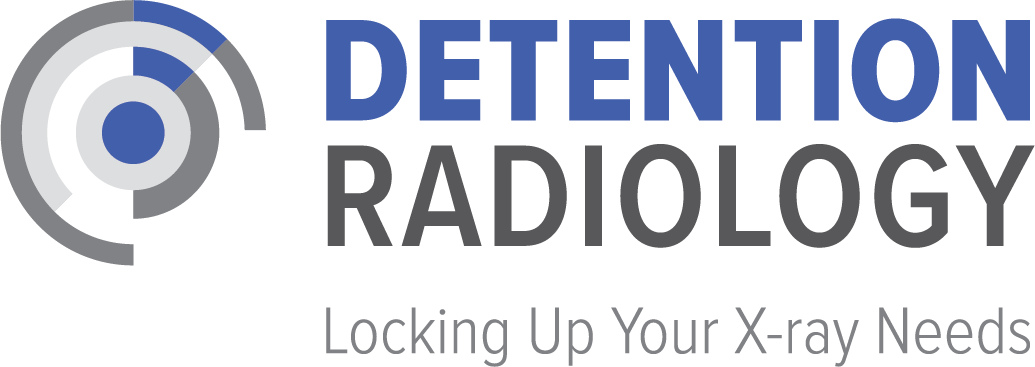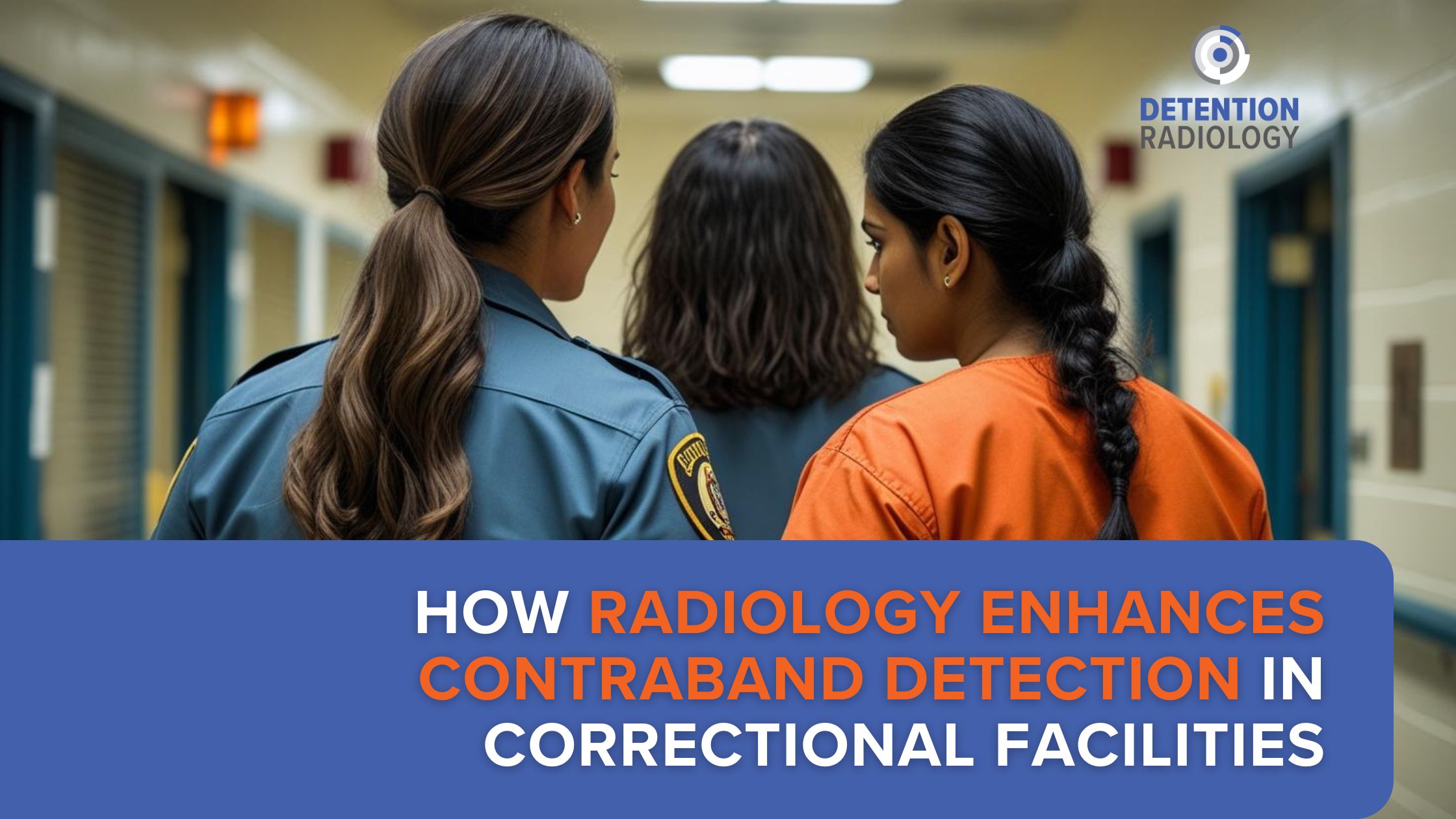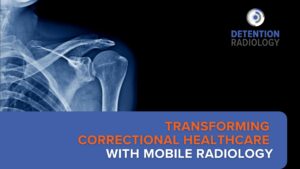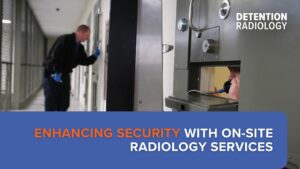In the world of correctional healthcare, medical imaging is traditionally seen as a tool for diagnosis and treatment. But what if the same X-ray machine that helps identify fractures could also uncover concealed contraband? For correctional administrators and healthcare staff, radiology contraband detection in correctional settings is emerging as a critical line of defense—one that improves both safety and operational efficiency.
The Hidden Threat: Contraband in Correctional Facilities
Contraband is more than a nuisance—it’s a serious threat to the health, safety, and order of correctional environments. From drugs and weapons to cellphones and improvised tools, smuggled items can lead to violence, medical emergencies, and compromised security protocols.
In 2023 alone, correctional facilities across the U.S. reported hundreds of contraband-related incidents, many involving items hidden within the body. Traditional search methods like pat-downs, metal detectors, and manual inspections are often ineffective against cleverly concealed materials.
“It only takes one missed item to create a crisis,” notes a Correctional Health Director from a large county jail. “We needed something more reliable—something that wouldn’t risk the safety of staff or inmates.”
That’s where radiology steps in.
How Radiology Detects Hidden Contraband
Radiology—specifically mobile X-ray technology—offers a non-invasive, highly accurate way to detect internal or hidden contraband. When deployed on-site, it allows security and medical teams to:
- Identify foreign objects inside the body (rectal, vaginal, oral concealment)
- Detect items inserted under the skin or surgically implanted
- Confirm suspicions without unnecessary transport or invasive procedures
Unlike manual searches, X-rays provide visual confirmation—a clear picture of what’s hidden and where. This increases confidence in decision-making and reduces liability for both medical and correctional staff.
📚 For a deeper dive into the specifics of how X-rays identify concealed items, see our related article: How X-Rays Help Detect Contraband in Correctional Facilities
What Can Be Detected with Radiology?
- Drugs in balloons, baggies, or capsules
- Cell phones or SIM cards concealed internally
- Metal or plastic weapons, including shanks
- Currency, wires, batteries, and even razor blades
Security Benefits: More Than Just Medical Imaging
While radiology is traditionally thought of as a healthcare tool, its applications in security are just as vital. Here’s how correctional facilities benefit:
1. Enhanced Safety for Staff and Inmates
By identifying threats before they escalate, radiology reduces the risk of violence, overdose, and self-harm. It also protects staff from the dangers of manual searches.
2. Reduced Transport and Risk
Transporting inmates to hospitals or imaging centers introduces security vulnerabilities and incurs costs. On-site radiology eliminates the need for movement—no cuffs, no cars, no risk.
3. Documentation for Legal and Compliance Needs
Every scan provides digital evidence that can be used for incident reporting, legal cases, and regulatory compliance, ensuring facilities stay within NCCHC and DOJ standards.
Why Detention Radiology?
At Detention Radiology, we’re more than a mobile imaging provider—we’re your trusted partner in facility security. Our team understands the unique pressures of correctional environments and offers:
- Same-day response times
- HIPAA, DOJ, and NCCHC compliance
- Secure EMR integration
- Female-owned business status for contracting eligibility
We specialize exclusively in correctional settings, tailoring every service to meet the safety and compliance needs of jails, prisons, and detention centers. Learn more about our commitment to secure, efficient, and compassionate care on our About Us page.
Real-World Example: Catching Contraband in Action
A mid-size jail in the Southeast was experiencing a rise in overdoses despite increased searches. Detention Radiology was called in to perform internal X-rays on several inmates under suspicion. Within hours, multiple scans revealed small balloon-wrapped drug packets concealed in the rectal cavity—confirming what pat-downs missed and averting potential medical emergencies.
“It changed how we handle intake screenings,” said the facility’s administrator. “Now, we use X-rays regularly—not just for medical, but for security purposes.”
Your Facility Deserves the Full Picture
In correctional settings, radiology isn’t just about diagnosing illness—it’s about safeguarding lives and preventing dangerous incidents before they happen.
Your Next Step
If you’re a correctional facility administrator, DON, or medical staff member looking to enhance safety without disrupting daily operations, it’s time to explore radiology as your contraband detection solution.
🔗 Call us today or learn more at: https://detentionradiology.com/CONTACT/






